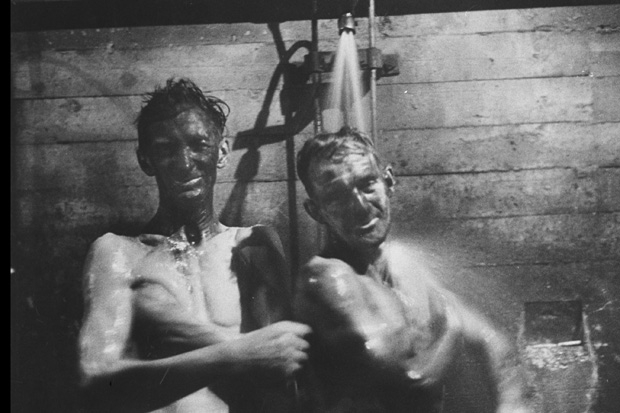In his preface Sebastian Junger tells us that this book grew out of an earlier article. It obviously didn’t grow much, since the main text is still only 138 (small) pages long, less than half the length of its predecessors The Perfect Storm and War, though it comes armed with a list of sources amounting to another 30 pages. Junger is attempting to explore the relationship between two ‘impulses’, as he oddly terms them. The first is that certain white captives of American Indian tribes chose to stay with their new communities even after release was possible, while the second is the disappointment felt by many American soldiers when returning home from war.
Junger contends that while a ‘surprising number’ of white Americans joined Indian tribes over the years, or remained in them after being captured, ‘the opposite almost never happened’. This vague assertion is buttressed by quotations from Franklin and Crèvecoeur but even those eminences can’t give it substance. There was, inevitably, a certain amount of to-ing and fro-ing between contiguous communities over the centuries, but the weight of numbers was in exactly the opposite direction, as one would expect, given the greater strength of the
colonisers. By 1694, for example, 1,500 ‘praying’ or ‘friend’ Indians were living in Martha’s Vineyard alone. Communities like this were admittedly separate from those of white settlers, but adopted Christianity along with other values and customs of their neighbours. On occasion a surprising degree of cultural assimilation could be possible: an Algonquin Indian student at Harvard in 1712 was described by the college president as being an ‘extraordinary Latin poet and a good Greek one’.
Junger is clearly neither a historian nor an anthropologist; moreover, he doesn’t always argue logically. Discussing the Spring-
hill mine disaster that took place in Nova Scotia in 1958, he explains that during the first phase of entrapment, resourceful and aggressive leaders stepped forward, but when it became clear this was a waiting game they were superseded by others who could counsel calm and patience. He uses this division to enforce a gender theory of heroism, ignoring the fact that the two categories involved were both male. He also flounders in dealing with the vexed problem of altruism — talking about the disappointment felt by soldiers when their ‘selfless’ contribution isn’t acknowledged, he says: ‘It makes absolutely no sense to make sacrifices for a group that… isn’t willing to make sacrifices for you.’ That’s not altruism; it’s just tit-for-tat.
However, he is usually convincing when dealing with soldiers, or with civilians caught up in war. He talks interestingly about the paradox that PTSD is much more common in soldiers who haven’t experienced combat than in those who have. He also has a touching story about a Bosnian girl who was evacuated from Sarajevo but chose to return, explaining: ‘I missed being close to people, I missed being loved in that way… The best way to explain it is that the war makes you an animal.’ It’s refreshing to find animals being used as examples of love and closeness rather than ferocity, though the point is rather marred by Junger’s earlier claim that our capacity for selflessness distinguishes us from all other mammals.
He makes valid points about the facelessness of modern society, though neglects the ways in which we break down the monolith to form new tribes of our own, whether it is colleagues in a workplace, sporting or music fandom, friendship or family loyalties. The camaraderie of soldiers is surely just another example, a subdivision of society rather than an alternative to it.
Perhaps the most memorable anecdote in the book involves a drunken dispute over a plastic helmet. Its owner defused the conflict by buying wine and turning the disputed article into a goblet, whereupon the combatants all drank from it in turn and the evening ended with them carousing happily together, the helmet forgotten under a chair. This episode amusingly illustrates the proximity of conflict and unity, but more importantly has the vividness of an observed experience. Junger is a journalist and observation is what he is good at; much of the time those 30 pages of sources just get in the way.






Comments